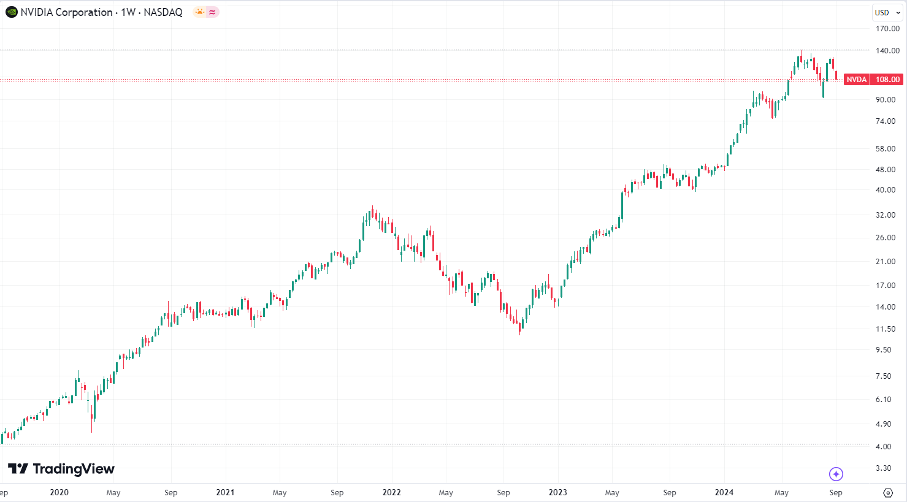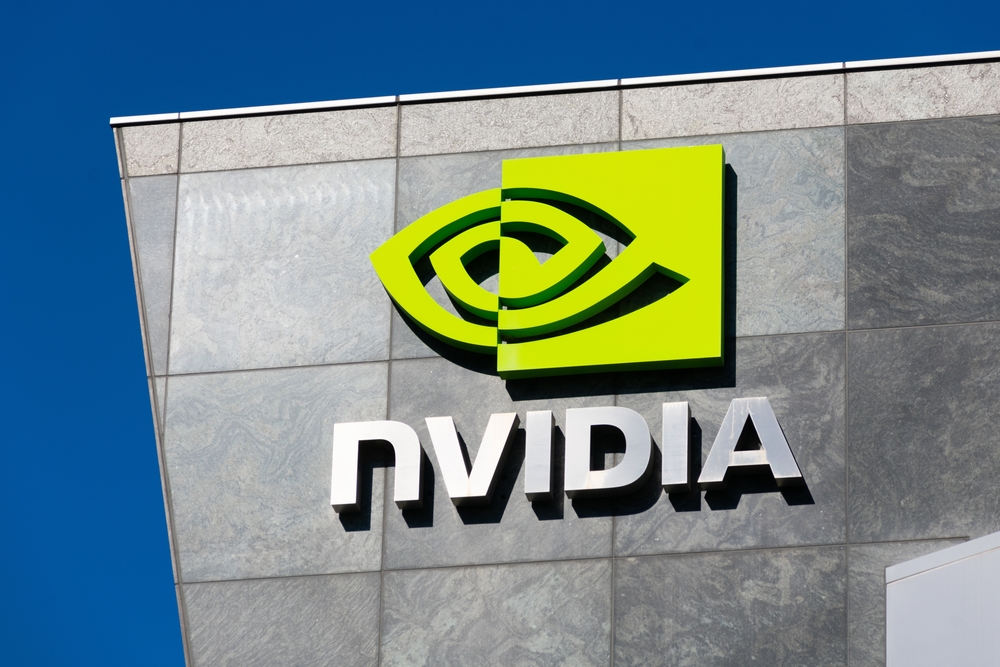Recent market activity has highlighted a period of heightened volatility caused by concerns over the sustainability of valuations in the technology sector, particularly among chipmakers. The decline was spurred by a combination of disappointing earnings reports, manufacturing issues and renewed scepticism regarding the immediate potential for artificial intelligence (AI) to deliver significant business returns.
Nvidia's decline and wider market impact
Nvidia Corp, a leader in artificial intelligence chip technology, saw a selloff on Tuesday 3 September as its shares fell 9.5%, leading to a record $278.9 billion loss in market value. This decline followed the announcement of the company's results, which, despite meeting or slightly exceeding analysts' estimates, fell short of investors' extremely high expectations. Overall, the stock has fallen 14% over three trading sessions as concerns mount over problems in the production of Blackwell's next-generation chips, one of the main factors in maintaining its dominance in the artificial intelligence market.*

NVIDIA Corporation stock performance over 5 years. Source: tradingview.com
The broader Philadelphia Semiconductor Index mirrored Nvidia's decline, with all 30 members posting losses of at least 5.4%. Major players such as On Semiconductor, KLA Corp. and Monolithic Power Systems Inc. saw declines of more than 9%.* The sell-off extended to other major technology stocks, including Alphabet, Microsoft and Apple, as investor enthusiasm cooled amid concerns that the transformative potential of artificial intelligence may be overvalued in the near term. However, with such news, it is important to remember the rules of smart investing, where a fall in the share price of a prospective company merely represents an opportunity to buy at a better price.
AI valuation concerns
The cautious mood has been helped by warnings from leading investment firms, including JPMorgan Asset Management and BlackRock Investment Institute. Analysts at these firms have warned that while AI remains a promising technology, it may be several years away from showing the expected returns. This has led to concerns that the current spending spree by large AI-focused technology companies may not immediately translate into proportional revenue growth, making it difficult to justify the high valuations currently being seen in the sector.
Wider economic concerns and market reactions
In addition to specific concerns about AI, broader economic indicators have also prompted investor concerns. Weak U.S. manufacturing data and rising input prices suggest that inflationary pressures could persist, complicating the Federal Reserve's efforts to balance economic growth with inflation control. In addition, slowing growth in China has roiled commodity markets and contributed to declines in oil and copper prices.*
Recent market volatility has also been influenced by anticipation of upcoming economic data releases, particularly U.S. payrolls reports, which should provide further insight into the direction of the Fed's monetary policy. Despite the recent rebound in equity prices following previous sell-offs, institutional investors are becoming increasingly cautious and are waiting for more concrete data to reinforce their market outlook.
Strategic considerations for investors
Given recent market behaviour, investors should take a cautious approach, especially in the technology and semiconductor sectors where high valuations and production issues pose some risks. The current environment highlights the importance of focusing on companies with strong and stable revenue growth and a clear and reliable outlook for the future. As AI continues to evolve, the true economic impact is only likely to be felt over the longer term, suggesting that a long-term investment perspective is key.
Investors should keep a close eye on upcoming economic data releases and Federal Reserve announcements, as these will be key factors influencing market sentiment in the near term. Given the potential for further de-risking in a traditionally volatile period, a balanced portfolio strategy can provide this stability.
Conclusion
While the recent market volatility may seem unsettling, it also presents opportunities for investors, especially those willing to look beyond short-term fluctuations. The AI sector remains a promising avenue for growth, but the path forward will likely require a longer time horizon. Careful selection of quality stocks and a focus on companies with sustainable and diversified business models that are currently trading below their fair prices will be critical to navigating the current market environment. [1]
On Semiconductor's stock price performance over the past five years: https://tradingeconomics.com/on:us
The stock price performance of KLA Corp. Over the past five years: https://tradingeconomics.com/klac:us
Monolithic Power Systems Inc. stock price performance over the past five years: https://tradingeconomics.com/mpwr:us
* Past performance is no guarantee of future results.
[1] Forward-looking statements are based on assumptions and current expectations, which may be inaccurate, or on the current economic environment, which may change. Such statements are not guarantees of future performance. They involve risks and other uncertainties that are difficult to predict. Results may differ materially from those expressed or implied by any forward-looking statements.


